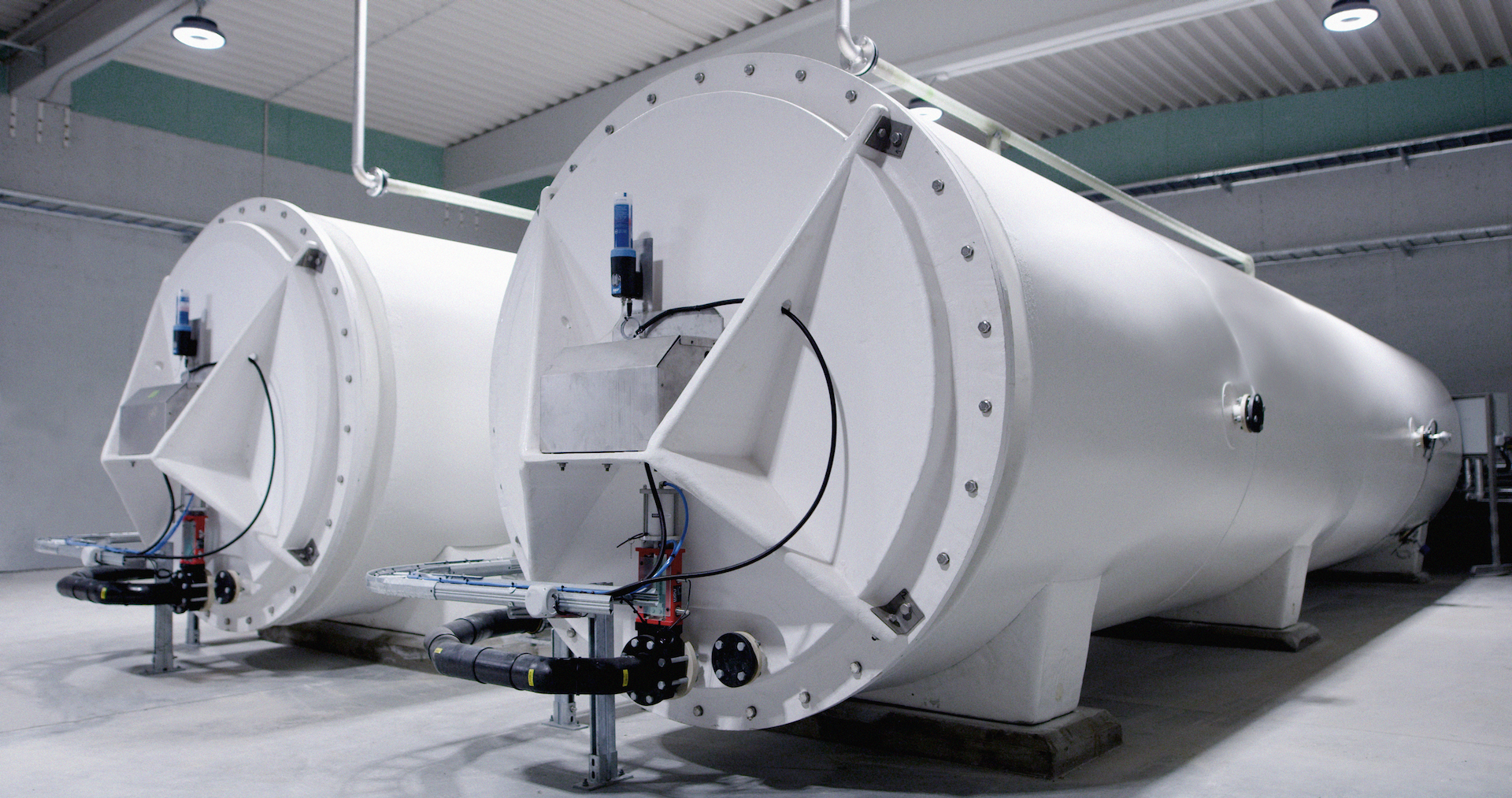Projects
- Home
- Projects
Build, Own and Operate plants
Vest Biogas
Hornindal, Norway
The plant will process about 100,000 tonnes of biowaste per year and will be Norway’s most advanced renewable biogas plant using Antec’s technology. Cow manure, fish sludge and industrial food waste will be the primary inputs for the production of renewable energy. For shipping and heavy transport, the renewable biogas will be converted to liquified biogas (LBG). The CO2 that is captured from the plant will be made available for purchase by the food industries. Nutrient-rich biofertilizer will be returned to the local farmers as a replacement for artificial fertilizers which are beming more expensive and less accessive.
Malm Biogas
Steinkjer, Norway
The Malm Biogas Plant will be situated adjacent to Salmar’s smolt facility at Tjuin, Norway, occupying a regulated plot of around 20,000 square meters secured by a call option. Currently, there is an ongoing FEED involving all relevant stakeholders to prepare the project for FID. The primary feedstock for the plant will be provided through a partnership with Salmar, one of Norway’s major salmon producers, and local farmers in the surrounding areas. Nippon Gases, a notable European industry gas company, has committed to off taking the total CO2 volume produced by the plant. The biogas plant is designed to have an annual capacity of 100,000 tons of biowaste. This initiative aims to contribute to sustainable energy practices in the region.
R&D Projects
Plants using Antec Technology
AD System: 10 Antec BioReactors
Feedstock: fish silage and sludge, food waste, manure
Production: LBG, Liquid Bio-CO2, BioFertilizers
Startup: 2022
Location: Norway
Large - scale Industrial biogas plant
Norway, est.2022
This plant processes over 50,000 tonnes of biowaste
per year and uses Antec’s technology. 10 BioReactors are placed inside the hall, and create quiet, clean and odor – free working environment in the area, exposed for rough weather.
Small - scale Industrial biogas plant
Norway, est.2020
This plant is the first commercial plant, where Antec used existing infrastructure at the industrial site to transform a warehouse into an efficient biogas facility. 3 Antec reactors are placed inside to allow for safe and comfortable operational conditions , also to protect against snow storms and strong winds typical for this area.
The plant is designed to handle a mix of manure, fish waste from the factory and municipal organic waste from all the
county.
The facility is equipped with a foodwaste reception hall and a CHP unit for production of electricity and heat used locally.




